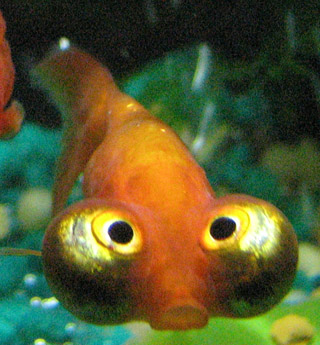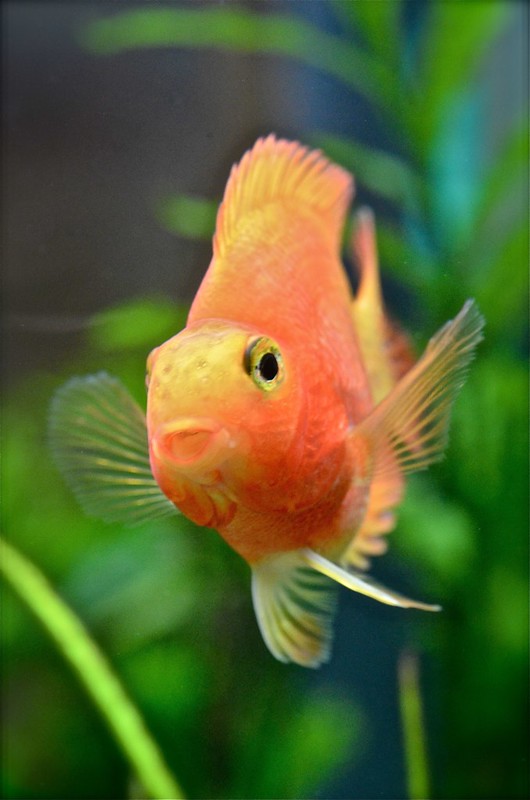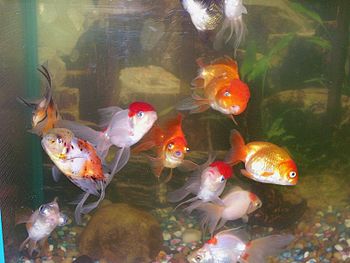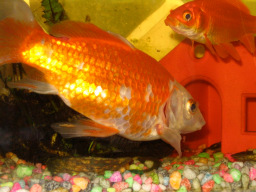(Original title: Oranda Goldfish Care Guide)
 |
| An orange oranda (Photo credit: Wikipedia) |
Basic Oranda Goldfish Care Facts:
Oranda Goldfish are characterized by the bubble-like growth on their head. This fascinating growth is called a "wen". Oranda goldfish's wen can grow to be very large. For larger Oranda, this can lead to some sight impairment as well as swimming issues. These fish can be very awkward swimmers and this problem increases as the wen grows, making the Oranda goldfish more and more top-heavy.
Tank Requirements:
Oranda goldfish can grow to be 8-12" in length. These fish's egg-shaped bodies also take up a lot of space in an aquarium. Because of this size, it is recommended that in order to provide adequate Oranda Goldfish Care you should have a tank of at least 20-30 gallons. This tank should be larger if you are housing more than one fish.
Another important part of Oranda goldfish care is water aeration. Goldfish, in general, tend to be oxygen hogs. To keep your fish happy and healthy it is best to have a tank with good surface area exposed to air. This, matched with a quality filter, can help make sure the water is moving enough and the oxygen content in the water remains high. If you see your fish tends to hang around the top of the water this could be a sign of oxygen deprivation. The best solution is to increase the water movement at the surface of the water or add an air pump that can use bubbles to increase oxygen content.
Tanks for this fish should also provide adequate filtration. While the Oranda is a hardy goldfish good for beginners - it can also be a very messy fish. It is recommended to keep a filter that runs 10x the aquarium volume per hour. This is especially necessary if you are housing multiple fish in one tank.
Tankmates:
Because this fish is beautiful, wen can make it very top-heavy, it is a very awkward and slow swimmer for a fish. To give the best Oranda goldfish care possible it is best to abstain from housing this goldfish with faster, more agile fish. It is also advisable to keep aquarium decorations that are smooth and avoid any sharp edges that an Oranda could cut itself on. Like all goldfish, the Oranda does not make a suitable tank mate for tropical fish because of the differences in size, preferred temperature and diet.
Breeding Oranda:
Oranda goldfish are egg layers. They will find a suitable place in the tank to lay their eggs and the male will fertilize them. Once the eggs are laid the goldfish's parenting duties are over. If you are hoping to raise some of the fries you will want to have a second tank to move the parents to after the eggs are fertilized as they will eat their own eggs!
If you are trying to breed Oranda you will need to know the sex of the fish. This can be very difficult to decipher as both sexes are very similar. In most cases, female Oranda will be larger than males - but the only way to tell is by watching them mate or venting the fish. A good LFS might be able to vent the fish at the time of purchase.
While Oranda goldfish care is pretty simple, it should be taken seriously. These beautiful fish can live to be over 20 years old!
|














